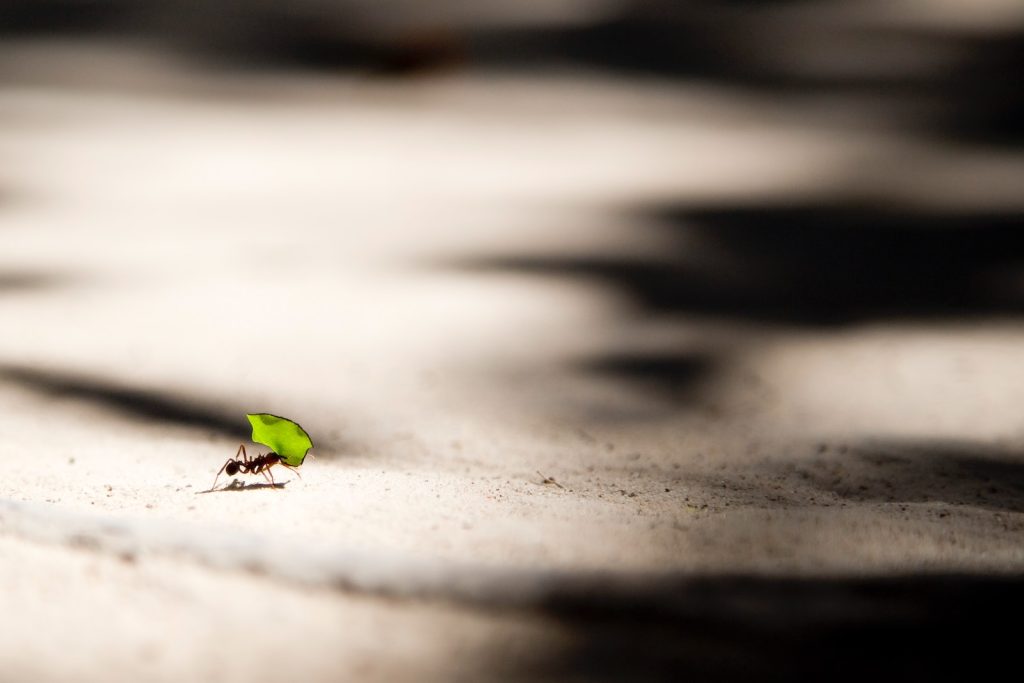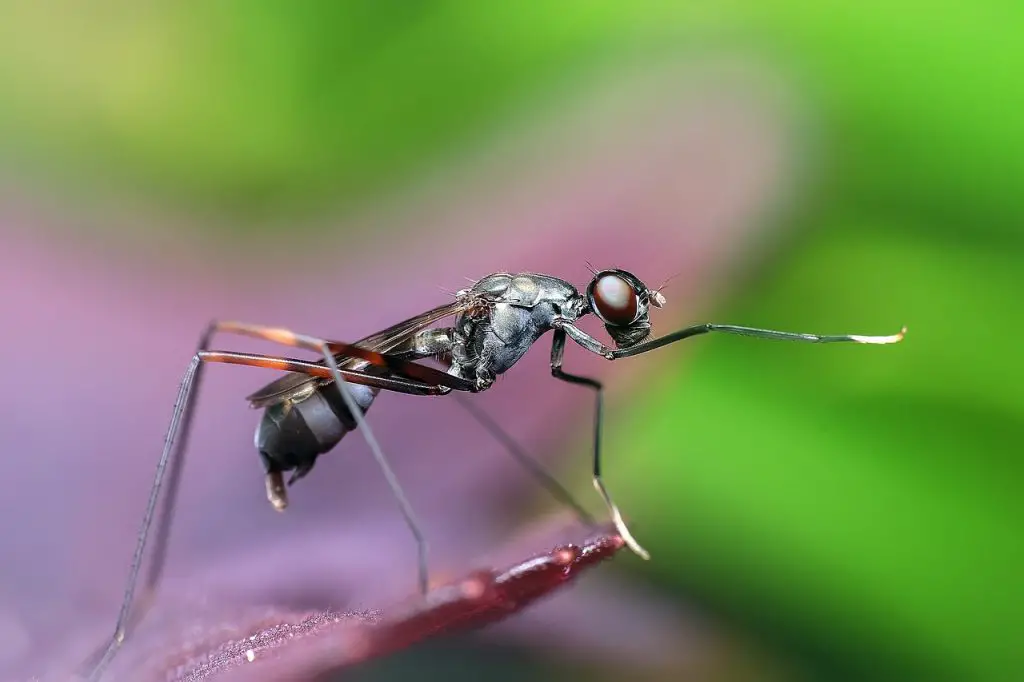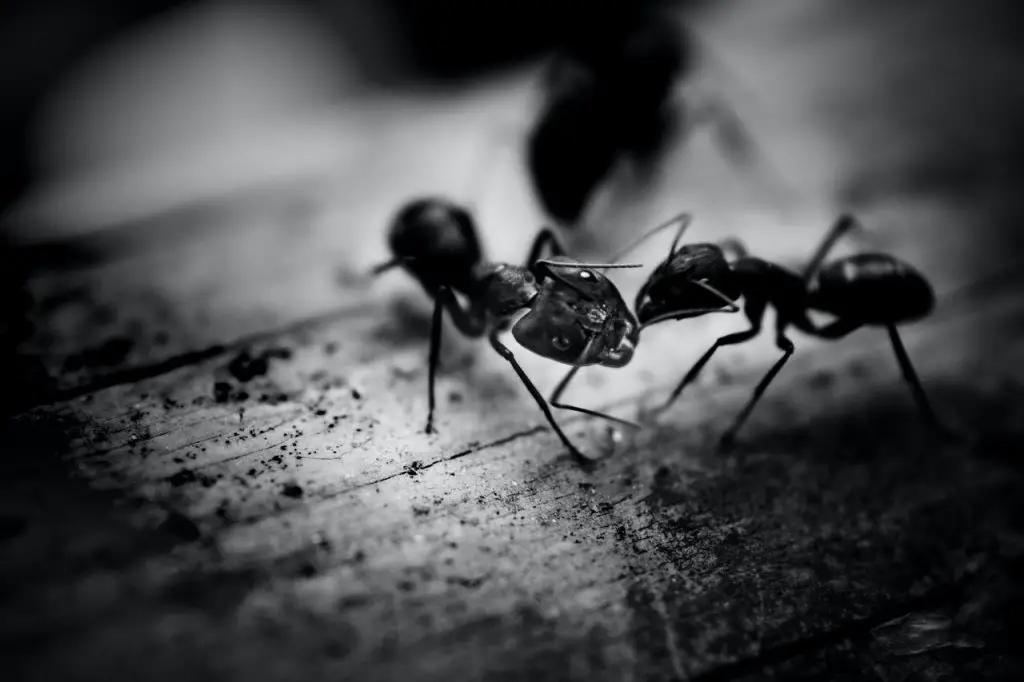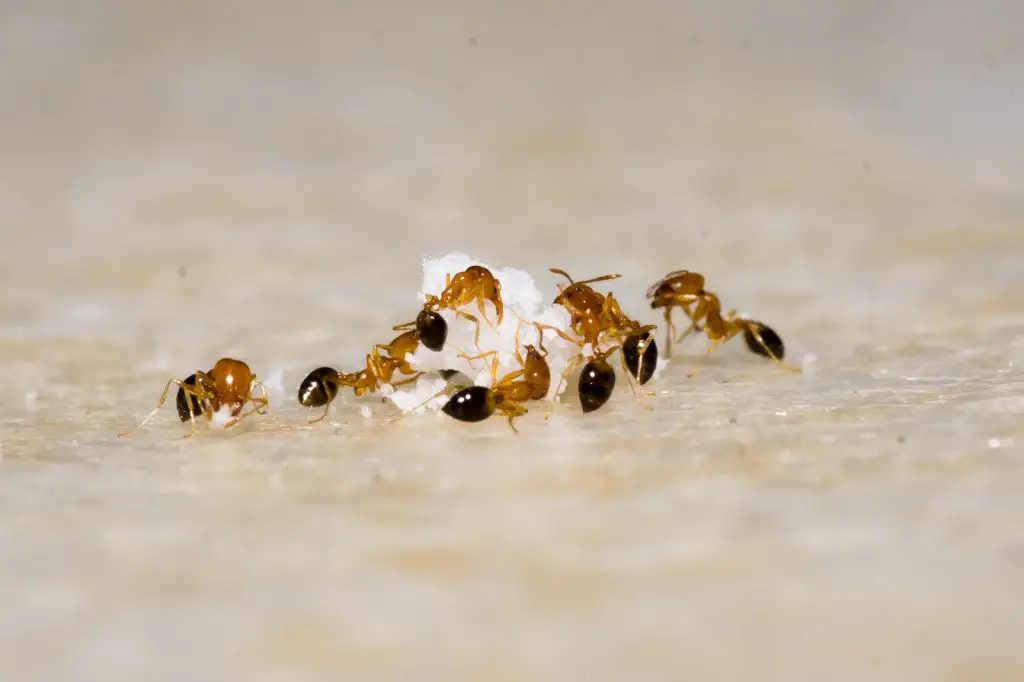Have you ever wondered how ants are able to breathe without lungs as we do? It’s a question that might not cross your mind at first, but the answer is actually quite fascinating.
While humans and many other animals rely on the lungs to take in oxygen and expel carbon dioxide. Ants have developed a unique respiratory system that enables them to breathe through tiny pores on their exoskeletons called spiracles.
These spiracles are connected to a network of tubes called tracheae, which allow oxygen to diffuse throughout the ant’s body. In this blog post, we’ll delve deeper into the amazing world of ant respiration and explore the science behind how these tiny insects breathe.
Ant Respiration System
Ants are found worldwide, from South American rainforests to African deserts, making them fascinating creatures. Like all living organisms, ants need to breathe in order to survive, and they have a unique system of respiration that allows them to do so.
Unlike humans and other mammals, ants don’t have lungs. Instead, ants have a series of tiny tubes called tracheae that run throughout their bodies. These tubes deliver oxygen directly to the ant’s cells, allowing them to breathe without the need for a complex respiratory system.
To facilitate the flow of air through their tracheae, ants have small spiracles or openings on the sides of their bodies. These spiracles can be opened or closed depending on the ant’s needs, allowing them to regulate their respiration rate as required.
How Do Ants Take In Oxygen and Expel Carbon Dioxide?
Ants take in oxygen and expel carbon dioxide through a system of tiny tubes called tracheae, which run throughout their bodies. These tracheae deliver oxygen directly to the ant’s cells, allowing them to breathe without the need for a complex respiratory system.
When an ant takes in air, the oxygen in the air diffuses through the spiracles and into the tracheae, where it is transported directly to the ant’s cells. At the same time, carbon dioxide from the ant’s cells diffuses back into the tracheae and is expelled through the spiracles.
This system of respiration allows ants to efficiently exchange gases with their environment, without the need for a complex respiratory system like lungs.
Difference Between Human and Ants’ Respiratory System
Ant and human respiration involve the exchange of gases between the body and the environment, but there are many differences and similarities.
Similarities
- Both ants and humans require oxygen to survive.
- In both cases, oxygen is used to create energy in the body through a process called cellular respiration.
- Carbon dioxide is produced as a waste product in both ant and human respiration.

Differences
- Humans have a complex respiratory system that includes the lungs, a trachea, bronchi, and bronchioles. Ants, on the other hand, have a much simpler respiratory system consisting of tracheae.
- Humans have a diaphragm that helps to regulate the flow of air into and out of the lungs. Ants do not have a diaphragm and instead rely on the opening and closing of spiracles to regulate their respiration.
- In humans, the circulatory system plays an important role in delivering oxygen to cells throughout the body. Ants, however, have a different circulatory system and rely on the diffusion of oxygen through their tracheae to reach their cells.
- The efficiency of oxygen extraction is different between ants and humans. While humans can extract a high percentage of the oxygen in the air, ants are less efficient due to the lack of a circulatory system.
How Ant Respiration Helps Them Survive in Different Environments, Such as Dry or Humid Conditions
Ants have adapted their respiratory system to survive in a wide range of environments and temperatures, including dry and humid conditions.
Survival in dry condition
In dry conditions, ants can reduce the amount of water lost through respiration by closing their spiracles, which slows down their respiration rate. This allows them to conserve water and survive in areas where water is scarce. In addition, their tracheae are lined with a thin layer of cuticle, which helps to prevent water loss through evaporation.
Survival in humid conditions
In humid conditions, ants can increase their respiration rate by opening their spiracles wider, allowing them to take in more oxygen. This helps to compensate for the reduced concentration of oxygen in the humid air. In some species of ants, such as the leaf-cutter ant, workers will fan their nest to increase airflow and oxygen levels.
Do Ants Breathe Through Their Skin?
Ants do not breathe through their skin. Instead, they have a respiratory system that delivers oxygen directly to their cells using tiny tubes called tracheae.
Oxygen enters the ant’s body through spiracles on its exoskeleton, and the tracheae deliver oxygen directly to the cells while removing carbon dioxide waste. While ants absorb some moisture through their exoskeleton, they can also drink water to prevent dehydration.
Do Ants Sleep?
Ants do sleep but not in the way that humans and some other animals do, ants have periods of rest that can be considered a form of sleep, but they are usually brief and can be thought of as a nap rather than a prolonged period of sleep as humans experience.
They follow a cyclical pattern of rest periods that last around eight minutes within a 12-hour period. While this means two rest periods occur in a 24-hour period, only one of these periods resembles sleep. During this particular resting phase, there is a much lower level of mandible and antennae activity usually up to 65% lower,
During these periods of rest, ants are relatively still and inactive, but their brains remain active, allowing them to respond to stimuli and perform necessary tasks. it is now believed that ants do experience some form of sleep or rest, although it may be much shorter in duration compared to humans and other animals.
Conclusion
Ants do breathe through tiny pores called spiracles on their exoskeletons, which are connected to a network of tubes called tracheae that transport oxygen directly to their cells.
These tiny creatures have adapted their respiratory system to survive in different environments, such as humid and dry conditions, by regulating their respiration rate through the opening and closing of spiracles.
They have different sleeping patterns from humans and do not breathe through their skin. Aants take brief rest periods throughout the day.



